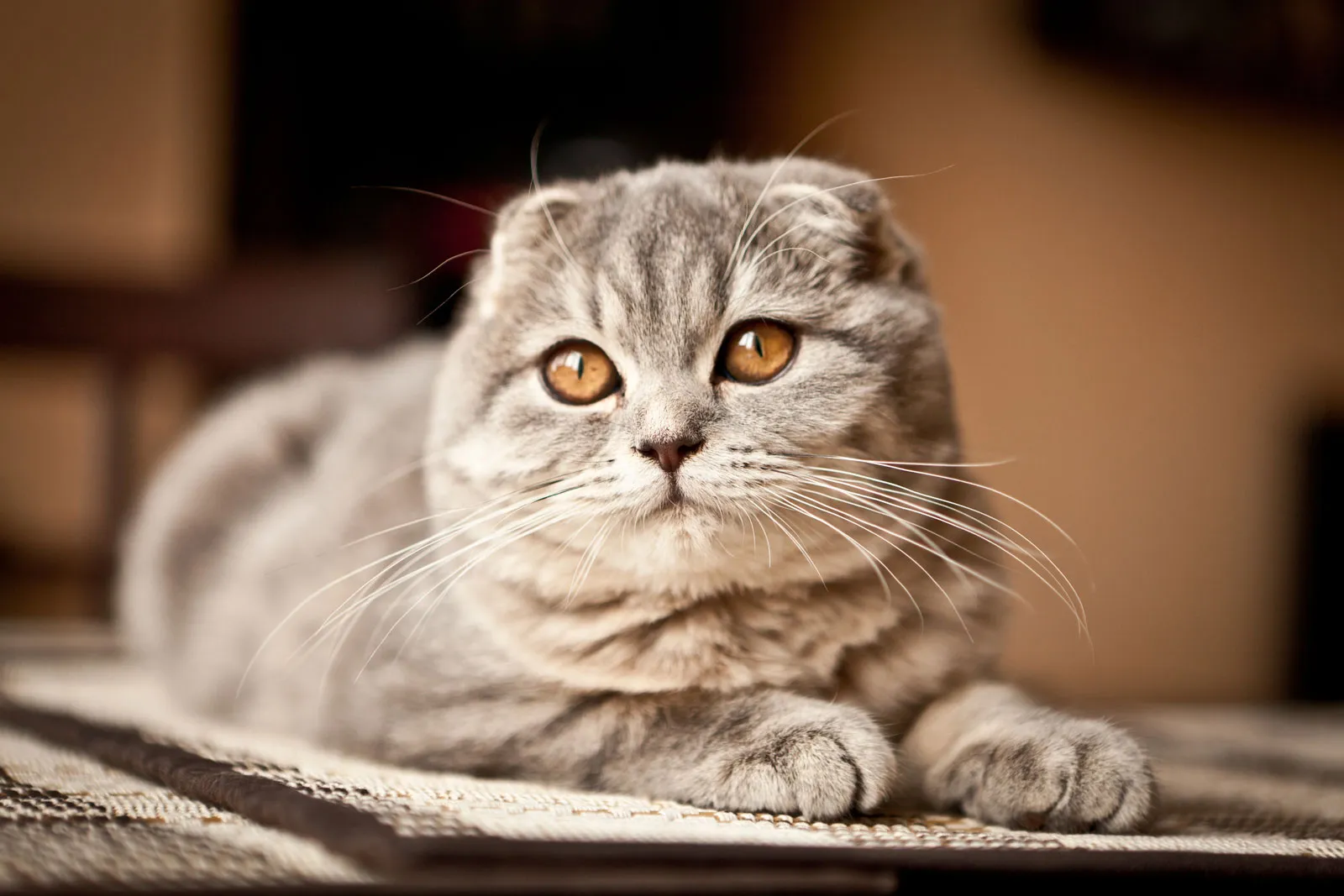Like humans, cats are susceptible to dangerous diseases. Colds, infections, specific cat diseases, dangerous viruses, and bacteria all pose threats to pets. Vaccination is an effective preventive measure that helps maintain the animal’s health.
It might seem that indoor cats are not at risk from viruses. They do not contact other animals, do not eat food from the street, and do not leave the apartment. The risk seems minimal.
However, vaccination for cats is still necessary because:
- The owner might bring an infection on their clothes or shoes (such as ringworm).
- Visitors who have been in contact with sick animals may carry the disease.
- Pets can contract rabies not only from cats and dogs but also from mice and rats if they get into the home.
- Infections can happen during a visit to the veterinary clinic after contact with the vet.
In the case of rabies, the mortality rate among animals is 100%. A rabies vaccine is essential for cats since the disease also threatens humans. 70% of cats infected with panleukopenia also die. Unvaccinated cats experience more complicated forms of the disease, and the risk of fatality is much higher.
What vaccines are available for cats? Animals are vaccinated against dangerous viral diseases:
- Calicivirus (causes fever, ulcers, respiratory issues, and in some cases, seizures and coordination problems when the virus affects the brain).
- Infectious rhinotracheitis (affects the eyes and respiratory organs, with a 50% morbidity rate).
- Feline distemper (panleukopenia), which affects the gastrointestinal tract, heart, and respiratory organs, causing fever, dehydration, and intoxication.
- Chlamydia (affects the urinary system, causing conjunctivitis and rhinitis).
- Infectious peritonitis (a rare but fatal disease).
Rabies vaccination is mandatory. Caring owners also vaccinate their pets against ringworm and parasites (ticks).
Rabies Rabies is a fatal disease for which no cure exists. Vaccination is mandatory for kittens, as infected animals are euthanized. The source of infection is the saliva of the sick animal. The pet might eat an infected rodent or be bitten by an infected individual. The incubation period lasts 2-3 weeks, after which the disease progresses rapidly.
Doctors recommend vaccinating cats against rabies at three months of age and then performing annual revaccination. Depending on the number of infected animals in the area, revaccination might be done less frequently (once every 2-3 years). Only healthy animals should be vaccinated.
Contraindications:
- Chronic diseases.
- Presence of infectious diseases.
- Allergy to one of the vaccine components.
- Elevated temperature.
Two weeks before vaccination, pets should receive deworming treatments and be rid of fleas.
Vaccination schedule Kittens are protected from various viruses through antibodies in their mother’s milk, so the first vaccination is given at 8-10 weeks. This is a combined vaccine (for calicivirus, distemper, and rhinotracheitis). After 3 weeks, revaccination is done. It extends the vaccine’s action and strengthens immunity. Annual boosters should follow.
What vaccines are given to cats and when? At 8 weeks, a leukemia vaccine is recommended. After another week, a rabies vaccine is given. To protect against chlamydia, a vaccine should be administered at 12-16 weeks.
All vaccinations are recorded in the veterinary passport. It’s easy to follow the schedule—vaccines need to be repeated every 12 months.
Preparing for vaccination The first vaccination should be done by a professional veterinarian, as an allergic reaction is possible.
What the owner needs to do:
- Take the pet to the vet for an examination and temperature check. The cat should be healthy.
- Perform deworming (10-14 days before the procedure). This helps create a stronger immune response after the vaccine.
- Ensure the cat has no parasites (ticks, fleas) as they weaken immunity.
- On the day of vaccination, do not feed the pet—vaccination should be done on an empty stomach. Take a towel and prevent the cat from contacting other animals. The vet will check the temperature again (it should be 38-39°C). The vaccine is administered in less than a minute.
After the vaccine, immunity develops in 10 days. During this time, the cat should not go outside or get cold.
How to vaccinate at home? A major advantage of having the procedure done at a clinic is the official vet passport (necessary for pets participating in exhibitions or when traveling abroad).
If it’s not needed, you can vaccinate cats at home. Choose the vaccine carefully. Domestic products are cheaper but are harder for cats to tolerate. Always check the expiration date and inspect the packaging. Ensure the pet is healthy, and give it deworming tablets.
The injection procedure is simple:
- Wash your hands and prepare the work area.
- Use insulin syringes with fine needles (two injections require two syringes).
- Hold the pet, stabilize it, pull its skin over the shoulders, and insert the needle into the subcutaneous space.
- Inject the vaccine smoothly, then rub the injection site.
The procedure is usually quick and painless. If the pet shows symptoms like vomiting, weakness, diarrhea, or a high temperature, consult a vet.
